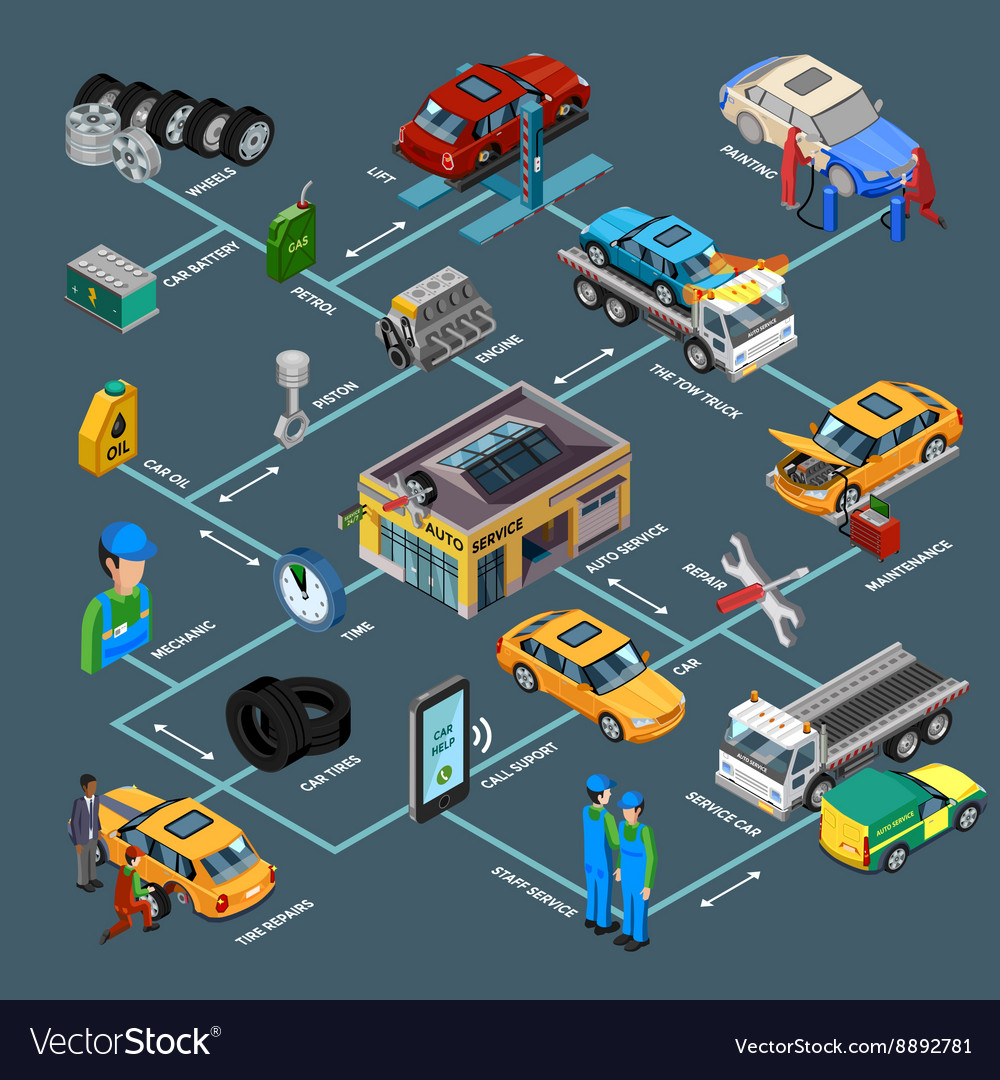Interpreting Your Vehicle'S Alert Lights: Their Real Effects
Interpreting Your Vehicle'S Alert Lights: Their Real Effects
Blog Article
Uploaded By-Termansen Corbett
When you lag the wheel, those beautiful caution lights on your dashboard can be a bit complicated. Do you understand what they're attempting to inform you concerning your automobile's health and wellness? Comprehending the importance of these lights is essential for your security and the long life of your automobile. So, the next time among those lights pops up, wouldn't you intend to understand its message accurately and take the required actions to resolve it?
Common Warning Lights and Interpretations
Recognize usual warning lights in your vehicle and comprehend their definitions to make certain safe driving.
One of the most regular warning lights consist of the check engine light, which signifies problems with the engine or discharges system. If this light comes on, it's important to have your car examined without delay.
The oil stress warning light indicates low oil stress, needing immediate interest to prevent engine damage.
A flashing battery light may suggest a defective charging system, possibly leaving you stranded if not addressed.
The tire pressure monitoring system (TPMS) light alerts you to low tire pressure, impacting lorry security and gas efficiency. Disregarding this can lead to risky driving problems.
The abdominal muscle light suggests a problem with the anti-lock braking system, compromising your capacity to stop rapidly in emergency situations.
Finally, the coolant temperature level alerting light warns of engine overheating, which can cause severe damage otherwise fixed promptly.
Understanding these typical caution lights will certainly help you deal with problems quickly and keep safe driving conditions.
Importance of Prompt Interest
Recognizing the typical caution lights in your auto is only the primary step; the significance of immediately addressing these cautions can not be emphasized sufficient to ensure your security when driving.
When a caution light brightens on your dashboard, it's your auto's method of connecting a potential concern that needs attention. Neglecting these cautions can result in more extreme problems later on, endangering your safety and security and possibly costing you more in repairs.
Prompt interest to alerting lights can prevent break downs and accidents. For instance, a flashing check engine light can suggest a misfire that, if left ignored, might create damages to the catalytic converter. Resolving this promptly can save you from an expensive fixing.
Likewise, a brake system advising light might signal reduced brake fluid or worn brake pads, critical parts for your security when driving.
DIY Troubleshooting Tips
If you observe a warning light on your dashboard, there are a few DIY troubleshooting pointers you can try prior to looking for expert assistance.
The initial step is to consult your car's guidebook to recognize what the particular caution light suggests. In boat wash nz can be as simple as a loosened gas cap setting off the check engine light. Tightening up the gas cap might solve the trouble.
An additional usual problem is a low battery, which can activate different cautioning lights. Examining boat wash down for corrosion and guaranteeing they're safe could fix the issue.
If a warning light persists, you can attempt resetting it by separating the automobile's battery for a few mins and then reconnecting it. In addition, inspecting your vehicle's fluid degrees, such as oil, coolant, and brake liquid, can assist repair warning lights related to these systems.
Conclusion
Finally, recognizing your auto's caution lights is important for maintaining your vehicle running efficiently and safely. By promptly attending to car detailers near me and understanding what they imply, you can avoid costly fixings and potential malfunctions.
Bear in mind to consult your cars and truck's guidebook for specific details on each advising light and do something about it as necessary to guarantee a hassle-free driving experience.
Remain informed, remain secure when traveling!
